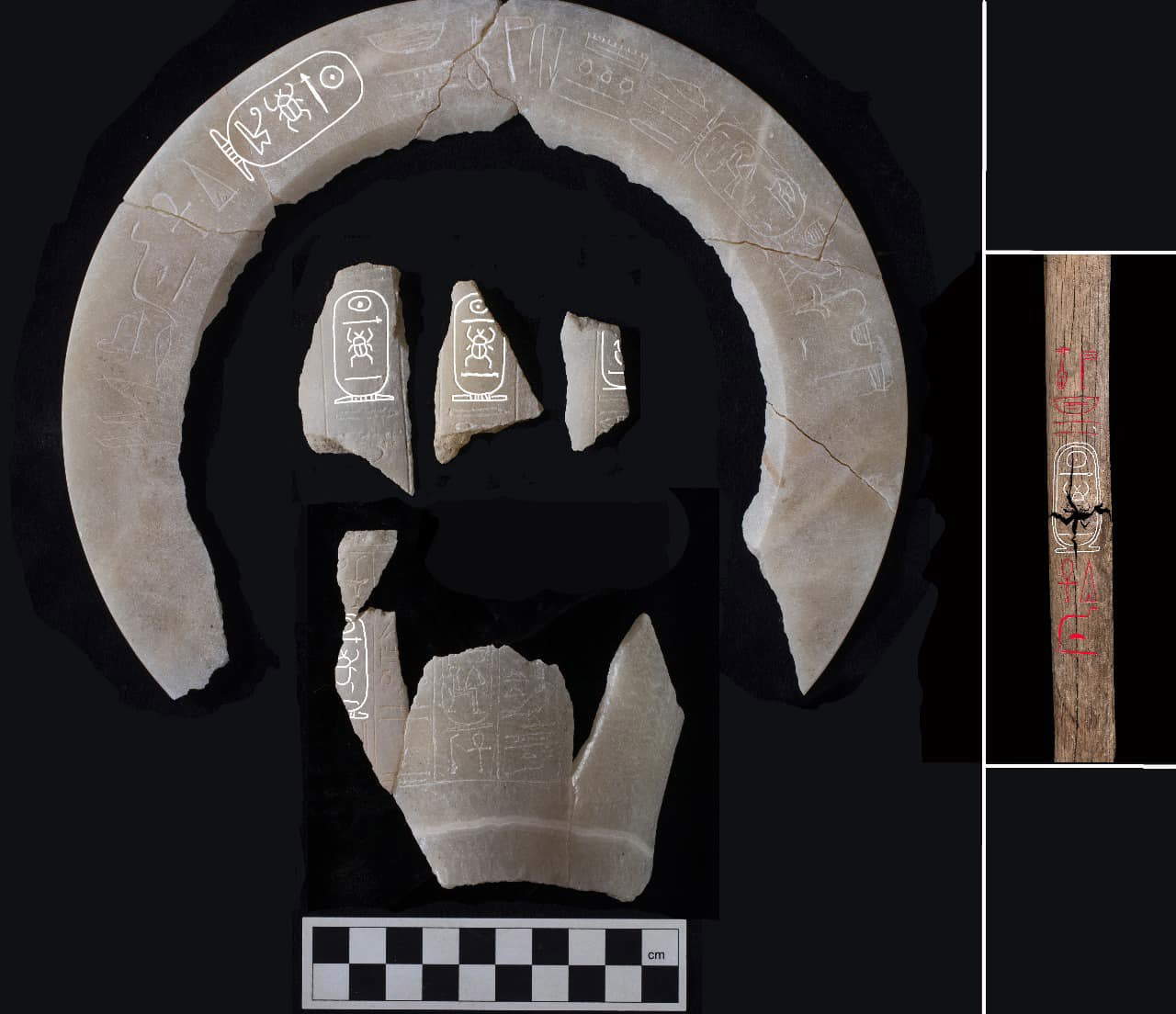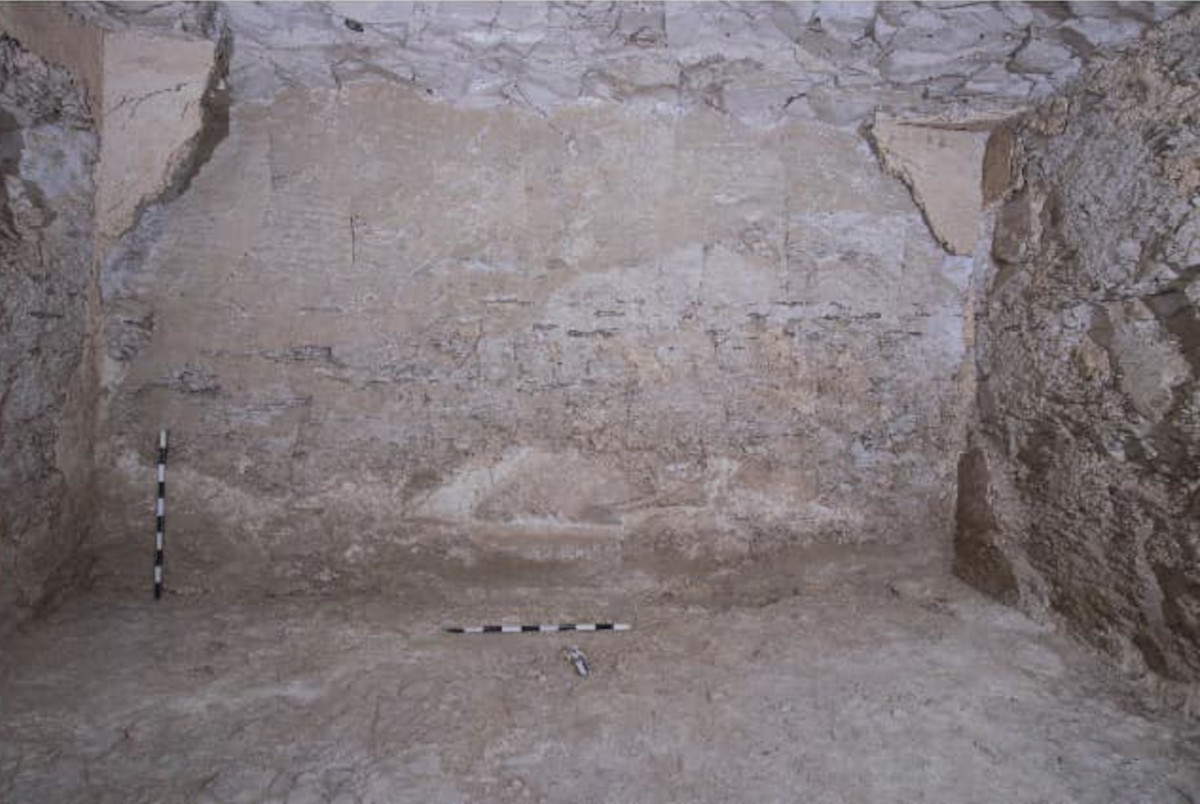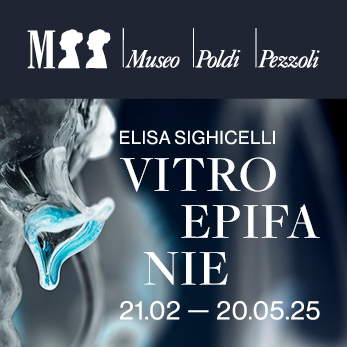Important discovery in Luxor, Egypt: the tomb of Thutmose II, the last royal of the 18th Dynasty
After a century of research and speculation, comes one of the most important archaeological discoveries in recent years that opens a new chapter in the history ofancient Egypt: in fact, the tomb of Thutmose II, the fourth pharaoh of the 18th dynasty, who reigned between 1483 and 1479 BCE, has been discovered in Luxor.
The announcement, released by Egypt’s Supreme Council of Antiquities, marks the first discovery of a royal burial since the discovery of Tutankhamun ’s tomb in 1922 by archaeologist Howard Carter. More than a novel discovery, however, it is a new attribution to a burial already studied by Piers Litherland ’s team at the New Kingdom Research Foundation and Mohamed Abdel-Badii, secretary-general of the Supreme Council of Antiquities and the mission’s Egyptian representative, as of October 2022.
Making the revelation possible was a joint team of Egyptian and British archaeologists, who have been engaged since 2022 in an ambitious excavation project in the so-called Valley C, located west of Luxor. The team of scholars, led by the Supreme Council of Antiquities in collaboration with the New Kingdom Research Foundation, identified the entrance and main corridor of the tomb cataloged as C4.
“Despite its importance, the tomb was found in poor condition, flooded in antiquity shortly after the king’s death,” said Mohamed Abdel-Badii. “Water damage caused severe deterioration, leading to the loss of many original contents, which are believed to have been transferred in ancient times. Archaeological teams have restored parts of fallen plaster decorated with intricate designs, including blue inscriptions, yellow star motifs and elements of the Book of Amduat, a key religious text used in royal tombs.”
It was initially believed to belong to a royal consort, a hypothesis dictated by its proximity to the burials of the wives of Thutmose III and Queen Hatshepsut. In reality, the discovery of new finds overturned the initial theory, revealing instead the final resting place of Pharaoh Thutmose II. The final confirmation came with the discovery of fragments of alabaster jars bearing inscriptions with the names of Thutmose II and his queen, Hatshepsut. This was a remarkable detail, which allowed the identity of the pharaoh to be identified with certainty. Experts also determined that it was Hatshepsut, the pharaoh’s wife and half-sister, who supervised his burial.

Mohamed Ismail Khaled, secretary-general of the Supreme Council of Antiquities, described the discovery as one of the most important in recent decades. “This is the first time that funerary furnishings belonging to Thutmose II have been discovered, as there are no such objects in museums around the world,” he said.
Piers Litherland, field director of the mission and head of the British part of the project, pointed out the architectural features of the tomb. The tomb features a simple architectural design that was the core of tombs from Tuater during the reign of Egypt after the second settlement during the 18th Dynasty.
In any case, one anomalous detail caught the attention of archaeologists. Which one? The presence of a second corridor, initially interpreted as a tunnel dug by tomb robbers. Further analysis later disproved this hypothesis. The corridor, Litherland explained, was extended twice and lined with white plaster, an indication that suggests deliberate intervention rather than a simple looting attempt. It also has an unusual slope: instead of descending, it rises gradually, crossing the burial chamber 1.4 meters above its floor. A detail that has allowed scholars to formulate a novel theory: the passage would have been made to facilitate the removal of the king’s body from the tomb, probably as a result of flooding that occurred in ancient times. In fact, archaeologists believe that flood waters reached the very level of the additional corridor, forcing priests to intervene to protect the ruler’s mummy. Around 950 B.C. in fact, Amun’s priests hid the mummy in the cachette at Deir el-Bahari to save it from looting by ancient thieves, and today it is preserved at the National Museum of Egyptian Civilization in Cairo.
The need to move Thutmose II’s body may explain why his tomb remained hidden for so long, unlike other royal burials of the same era. The entire area will be investigated further, with the goal of continuing excavations and analysis of the finds.
Photo: Egyptian Ministry of Tourism and Antiquities

 |
| Important discovery in Luxor, Egypt: the tomb of Thutmose II, the last royal of the 18th Dynasty |
Warning: the translation into English of the original Italian article was created using automatic tools. We undertake to review all articles, but we do not guarantee the total absence of inaccuracies in the translation due to the program. You can find the original by clicking on the ITA button. If you find any mistake,please contact us.




























